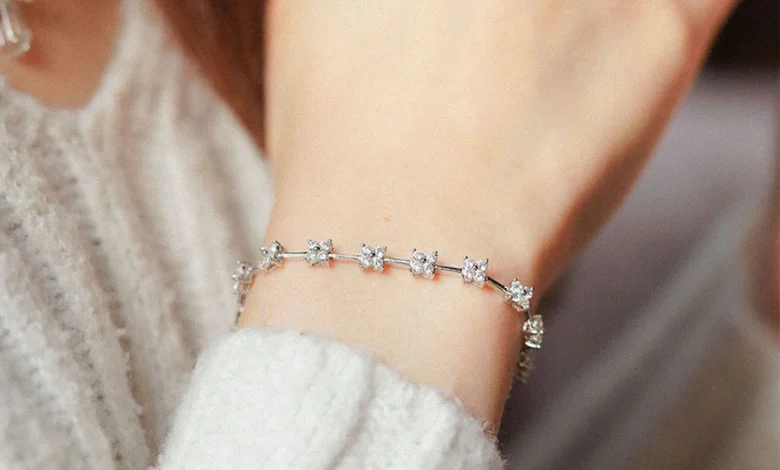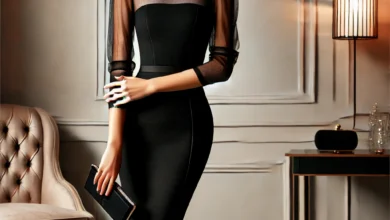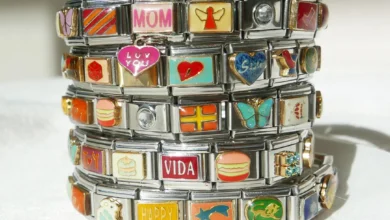The Timeless Allure of Silver Bracelets A Comprehensive Guide

Historical Significance of Silver Bracelets
Silver bracelets have a long and intricate history that spans millennia of vandalism throughout the obe. The allure of silver as a material for jewelry can be traced to its early discovery and utilization by societies such as the Egyptians, who valued silver even more highly than gold at specific points in their history. Silver bracelets in Egyptian tombs adorned the wrists of royalty and nobility, often serving as symbols of wealth, status, and divine protection.
In ancient Greece and Rome, silver bracelets were worn by men and women alike. They were often intricately designed and sometimes used as currency. The Greeks particularly admired the luster of silver, associating it with the moon and their goddess Artemis, hence attributing a sense of purity and elegance to silver jewelry. Similarly, the Celts and Vikings utilized silver for its availability and malleability, crafting bold and detailed silver bracelets that often featured intricate knotwork and animal motifs, reflecting their deep connection to nature and mythology.
Among notable historical figures, Queen Cleopatra of Egypt is often depicted wearing silver jewelry, reinforcing the material’s association with elegance and power. Fast-forward to the Middle Ages, and we see silver bracelets continuing to hold their significance amidst the nobility of Europe. They began to bear more intricate designs influenced by Christian iconography, symbolizing faith and protection.
As cultures evolved, so did silver bracelets’ designs and symbolic meanings. During the Renaissance, silver jewelry became more elaborate and artistic, reflecting the period’s emphasis on detail and craftsmanship. The Victorian era added sentimentality and personal expression to silver bracelets, with the inclusion of lockets, charms, and inscriptions becoming popular.
Silver bracelets have remained a timeless accessory in modern times. They continually adapt to contemporary fashion trends while retaining their historical significance. From simple to dramatic statement pieces, silver bracelets blend historical tradition and modern elegance, making them perennial favorites in jewelry.
Styles and Designs: From Classic to Contemporary
A diverse selection of styles and designs in silver bracelets accentuates their timeless allure, reflecting diverse tastes and preferences. Classical designs like chain and cuff bracelets have long been admired for their simplicity and elegance. Chain bracelets, often featuring interlocking links, evoke a sense of tradition and continuous bond. In parallel, cuff bracelets, recognized for their solid structure and open-ended form, offer a versatile option that combines tradition with modern aesthetics effortlessly.
Modern silver bracelets, however, introduce more avant-garde pieces that push the envelope of conventional design. These contemporary creations often incorporate bold shapes, unique textures, and innovative finishing techniques. Designs featuring asymmetry, mixed metals, and the integration of alternative materials like leather or resin are gaining traction among those seeking a more eclectic style.
Different settings, engravings, gemstones, and design elements play pivotal roles in shaping the overall aesthetics of a silver bracelet. For instance, a simple silver bracelet can be made into a statement piece by adding intricate engravings and personalizing it with meaningful symbols or messages. Gemstone settings, ranging from modest accents to elaborate clusters, infuse color and vibrancy, enhancing the bracelet’s allure. Common choices include turquoise, onyx, and mother of pearl, each imparting its unique charm.
Well-known designers and brands have made significant contributions to the art of silver bracelet craftsmanship. Tiffany & Co., for example, is acclaimed for their timeless silver designs, blending classic elegance with contemporary flair. Similarly, artisan designers like Georg Jensen epitomize Scandinavian minimalism, producing pieces that balance simplicity with artistic expression.
Currently, notable trends in silver bracelet designs include layering and stacking, where multiple bracelets of varied styles and thicknesses are worn together to create a cohesive yet dynamic look. This trend highlights silver’s versatility, enabling it to seamlessly blend with other materials and styles. Furthermore, symbolic and personalized pieces, such as charm bracelets and engraved cuffs, are in vogue, reflecting a desire for jewelry that carries sentimental value.
Choosing the Right Silver Bracelet for Any Occasion
Selecting the appropriate silver bracelet can significantly enhance one’s attire, whether for a formal event or a casual outing. The trick is picking a style that complements the occasion and the outfit. For instance, a sleek, minimalistic silver bracelet pairs well with professional attire, while a more elaborate, gem-studded piece might be better suited for evening events or celebrations. Similarly, casual settings allow for more flexibility; consider stackable silver bracelets or those with playful charms to add a touch of personality to any casual ensemble.
Comfort is another crucial element in picking a suitable silver bracelet. Ensure the bracelet feels comfortable on the wrist and does not impede movement. Understanding the different types of silver used in jewelry is also essential. Sterling silver, 92.5% pure silver mixed with other metals like copper for added strength, is popular due to its durability and classic appeal. On the other hand, fine silver, composed of 99.9% pure silver, is more delicate and susceptible to scratching but possesses an unmatched, luminous shine.
When assessing the quality of a silver bracelet, look for hallmarks indicating authenticity and purity levels. Hallmarks such as “925” for sterling silver or “999” for fine silver are trustworthy indicators. Additionally, determining the correct bracelet size is fundamental. Measure your wrist’s circumference and add one to two centimeters for a comfortable fit. The bracelet size can also influence the overall look; a snug fit is typically elegant and sophisticated, whereas a looser fit exudes a more relaxed vibe.
Customization options can further personalize your silver bracelet. Engravings, whether initials, dates, or short messages, offer sentimental value. Adding charms or gemstones provides a unique flair, allowing the bracelet to reflect individual tastes and memorable moments. By considering these aspects, you can confidently choose a silver bracelet that suits any occasion and resonates with your style.
Caring for Your Silver Bracelet: Maintenance and Storage Tips
Maintaining the shine and durability of your silver bracelet requires consistent care and attention. Understanding routine cleaning methods is a significant aspect of caring for your silver bracelet. It is crucial to use a soft cloth and mild soap diluted in warm water for regular cleaning. Gently rubbing your bracelet with this solution helps remove oils and dirt without causing damage. Avoid abrasive materials and harsh chemicals, which can scratch or corrode the silver surface.
Tarnishing is a common challenge when dealing with silver jewelry. It results from a chemical interaction between silver and sulfur-containing substances in the air, forming a dark layer of tarnish. While tarnishing is inevitable, it can be reversed. Mixing baking soda and water with a soft cloth for light tarnishing can restore the shine. More stubborn tarnish might require commercial silver cleaners, specially formulated to handle severe cases without harming the metal.
Proper storage is as integral to caring for your silver bracelet as cleaning. Store silver jewelry in airtight containers or zip-lock bags to reduce exposure to air and moisture, which promote tarnishing. Additionally, keep each piece of jewelry separate; this prevents tangling and scratching. Also, consider anti-tarnish strips or silica gel packs within your storage solutions to absorb residual moisture.
Owning a silver bracelet involves dealing with wear and tear over time. Minor scratches can usually be polished with a silver polishing cloth or a refined silver polish. Consulting a professional jeweler is advisable for more extensive damage or intricate designs. They can provide expert polishing and refinishing services, ensuring your bracelet remains in prime condition.
In essence, a silver bracelet‘s longevity and brilliance heavily rely on meticulous maintenance and conscientious storage practices. By following these guidelines, you can ensure your silver bracelet remains a cherished accessory for many years.





